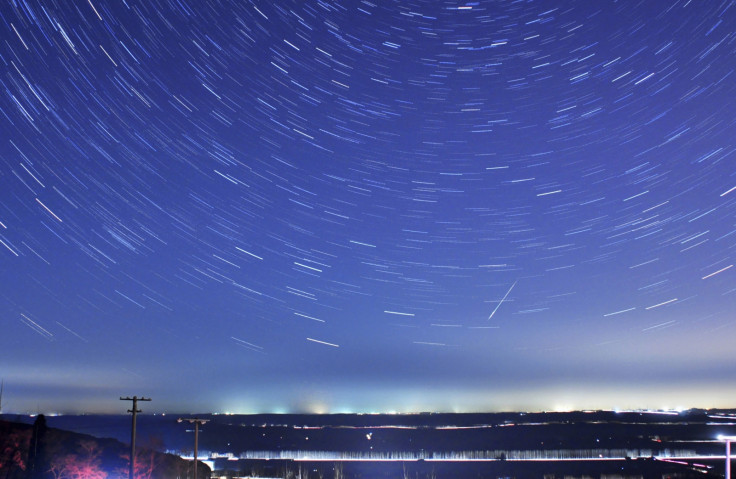Quadrantid meteor shower 2015: Where to watch the first shooting stars of year live online

The night sky will be lit up by the first meteor shower of 2015 over the weekend, with the arrival of the annual Quadrantids.
The Quadrantid meteor shower will be visible from 3 and 4 January and can be seen best from the northern hemisphere, due to their high northern radiant.
Although the shower can be as prolific as the Perseids in August and the Geminids in December, Quadrantid meteors are not seen as often because the peak of the event is short – sometimes lasting just a few hours.
But for skywatchers wanting to catch a glimpse of the elusive Quadrantids, the Slooh Community Observatory will be hosting a live streaming of the peak of the meteor shower.
According to AccuWeather.com, the first meteor shower of the year could be obscured by a storm over parts of the United States. The view will be good across the northeast and in Florida, but there will be numerous clouds from the east of the Rockies.
"It should be clear up and down the West Coast from Seattle to Los Angeles and also be clear across most of the Four Corners states," a meteorologist for AccuWeather.com said.
In addition, the brightness of the waxing gibbous moon may wash out some of the brightest meteors.
Timing is everything when it comes to viewing the Quadrantids. According to Space.com, past observations of the shower suggest it will peak on the night of 3 January at 2am GMT (9pm EST).
The radiant point of the Quadrantids, the area in the sky in which the shower appears to originate, is inside the constellation Boötes, located near the Big Dipper and the head of the constellation Draco.
The name of the shower comes from Quadrans Muralis, an obsolete constellation created by French astronomer Jerome Lalande in 1795 that was incorporated into Boötes.
In 2003, astronomer Peter Jenniskens identified the parent body of the Quadrantids as the minor planet 2003 EH1, which may be related to the comet C/1490 Y1. A meteor shower occurs when Earth passes through the path of a comet.
As it traverses through, bits of comet debris burn up in the Earth's atmosphere and create flashes of light in the night sky. The pieces of debris which enter the Earth's atmosphere are called meteors.
© Copyright IBTimes 2025. All rights reserved.






















